Caktus Blog
2017
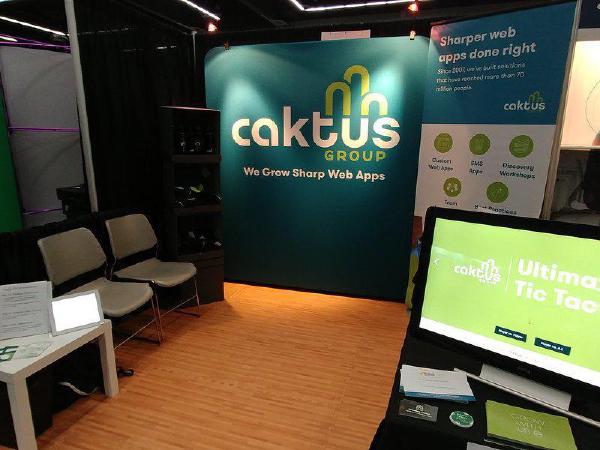
PyCon 2017 Recap
Caktus attended PyCon 2017 in Portland from May 18-21. It was the first PyCon for some, while others were PyCon veterans. All of us were looking forward to the opportunity to hear some great talks and make or renew connections in the Python community.

3 Reasons to Upgrade to the Latest Version of Django
When considering a website upgrade, many business stakeholders probably think about the frontend, i.e., how the website looks or the features users interact with. Perhaps less often considered is the importance of upgrading the backend; that is, the databases, applications, and servers powering all the behind-the-scenes activity. Infrastructure support and upgrades are necessary but often performed as a separate project from any improvements to design or user experience, rather than as part of a holistic update project.
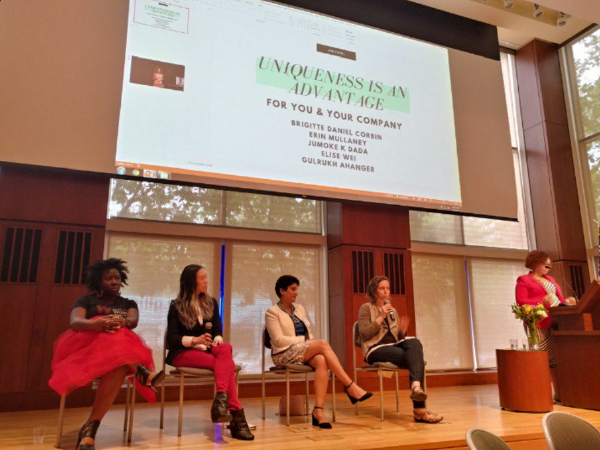
Uniqueness is an Advantage
Back in March, the organizers from the Women in Tech summit asked if I’d like to collaborate on a panel on diversity in technology at their Philadelphia summit. Back in October, I had created a panel on “Staying a Women in Tech” and was excited for the opportunity to speak on such a significant topic in my hometown of Philadelphia. I was introduced to Brigitte Daniel, who had submitted this new panel, and we began putting the panel plans together. Brigitte would moderate the discussion and I would be a panelist along with three other dynamic women in tech: Elise Wei, Jumoke Dada and Gulrukh Ahanger.
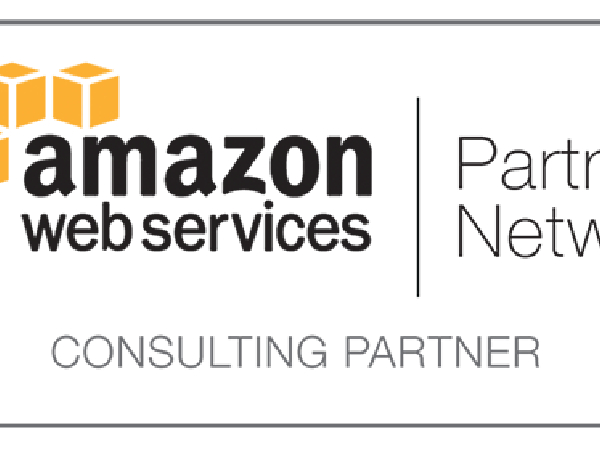
Caktus Consulting Group is an Official AWS Consulting Partner
We’re proud to announce that Caktus has become a certified Amazon Web Services (AWS) Consulting Partner in recognition of the depth and breadth of our AWS expertise. Since AWS became an option for fast, flexible, and low cost infrastructure, we’ve used it to build scalable web or cloud apps for our clients. We’ve used AWS services for computing, networking, storage, databases, security, application services and security for 10 clients over the last few years (and that’s not including the projects we do for fun or as part of ShipIt Day projects).
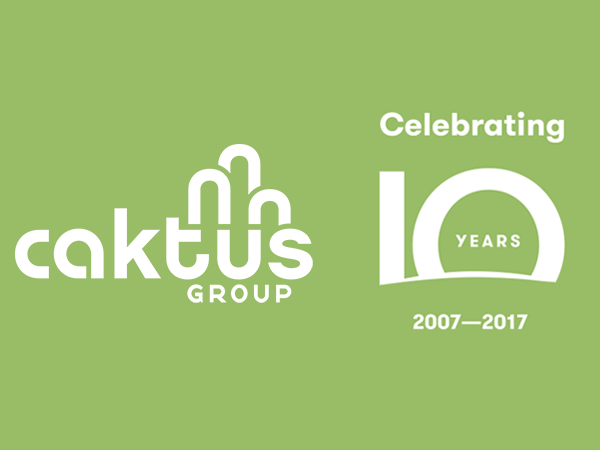
Celebrating 10 Years of Building Web Apps the Right Way
This year marks 10 years of building sharp web apps at Caktus Group. We’re honored by the trust our clients have put in us; it has enabled Caktus to grow from a team of 3 Python developers to an organization of 31 people and supported our efforts to give back to the local and open source communities.
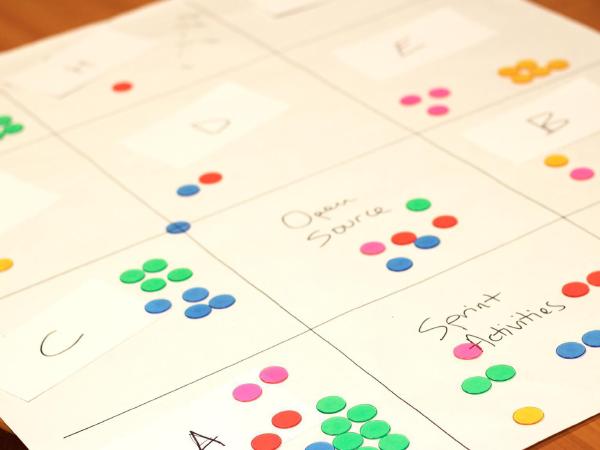
Using Tokens During Sprint Planning to Allocate Time
In January of 2016, Caktus transitioned from a general Agile development environment to a more focused Scrum environment. Part of this transition entailed moving from a targeted budget allocation approach per project, to a self-organizing, goal-based team structure with no obvious provision for tight, consistent control over project budgets.

ShipIt Day Recap Q2 2017
Once per quarter, Caktus employees have the opportunity to take a day away from client work to focus on learning or refreshing skills, testing out ideas, or working on open source contributions. The Q2 2017 ShipIt Day work included building apps, updating open source projects, trying out new tools, and more. Keep reading for the details.

Building a Custom Block Template Tag
Building custom tags for Django templates has gotten much easier over the years, with decorators provided that do most of the work when building common, simple kinds of tags.
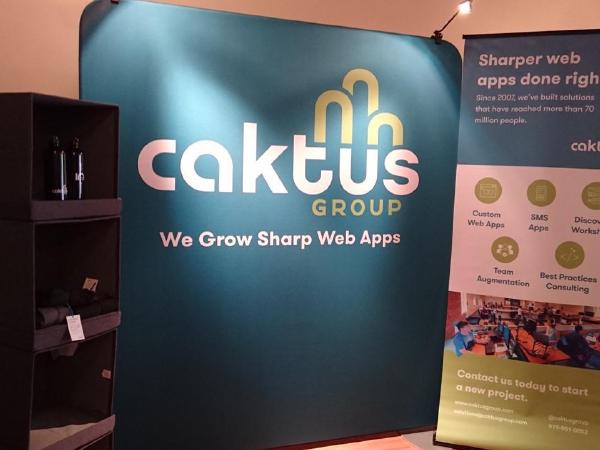
Caktus Activities at PyCon 2017
It’s almost time for PyCon and the team here at Caktus is ready to meet other attendees. Where and how can you find us?

Calling all Cat Herders: New Meetup for Digital Project Managers
When I first became a digital project manager (DPM), I struggled to find relevant resources. A ton of information was available on traditional project management, but not much specifically on digital project management. Eventually, I connected with another DPM in my organization and we quickly became friends and confidants. She opened my eyes to the Digital PM Summit, a new conference targeted at DPMs, which was ultimately the inspiration for my new Meetup group.